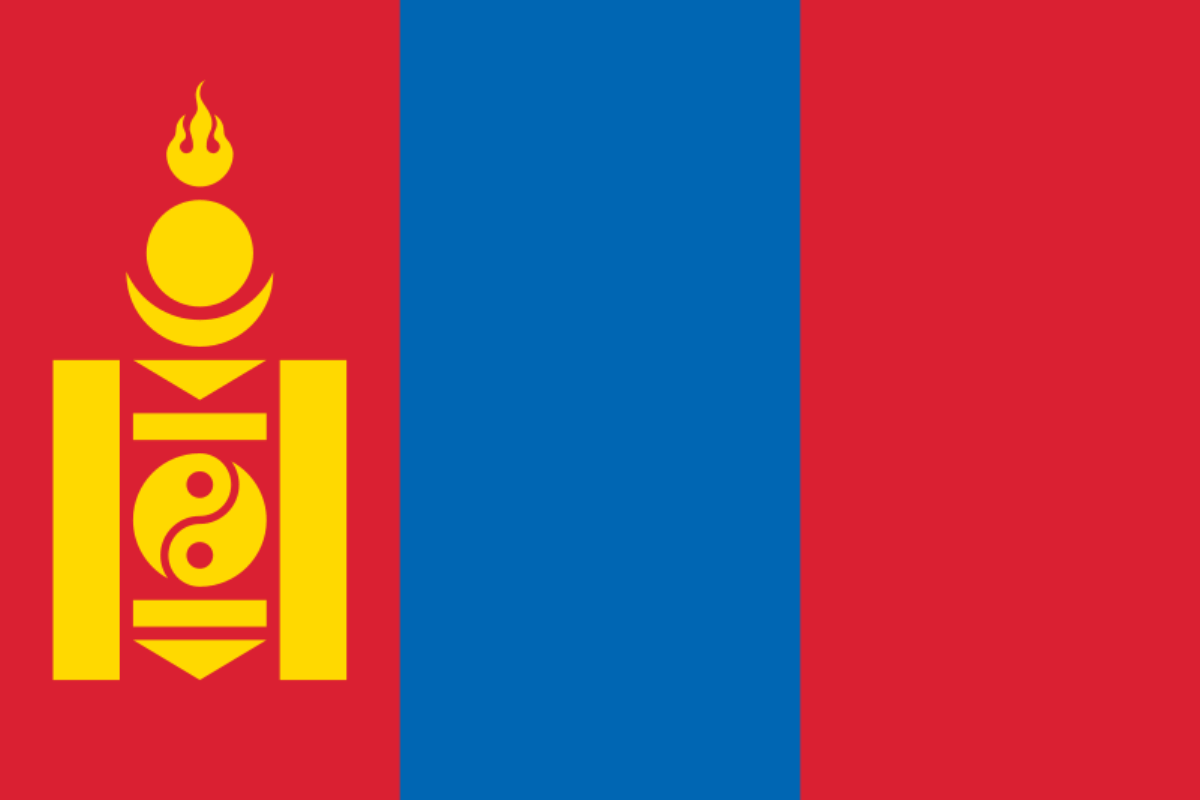The national animal of Mongolia is the Przewalski’s horse, also known as the takhi. This is a rare species of horse native to the Central Asian Steppes, and it has many features which distinguish it quite clearly from other modern domestic horses. They are mostly a wild species that roams the steppes and are not domestic.
These horses are among Mongolia’s most iconic wildlife, and it is often strange to look at a wild relative of a domesticated animal like the horse and see features that are not present in the domestic animal.
They look, in some ways, like a hangover from a different age of the Earth.
Let’s find out more.

What is the national animal of Mongolia?
The national animal of Mongolia is the species of wild horse known as the takhi.
This horse goes by various names including Mongolian wild horse, Dzungarian horse, and Przewalski’s horse, named after a Russian geographer.
It was once fully extinct in the wild though it has been successfully reintroduced to Mongolia at various parks and national reserves and outside of Mongolia.
It has several characteristics, genetic and morphological, which distinguish it quite clearly from modern domesticated horses.
This shows that neither one is the ancestor of the other.
Takhi have 33 chromosome pairs, whereas domestic horses have 32—this may not seem like much but it represents a considerable genetic and evolutionary split.
It’s estimated that their ancestral lineages split anywhere from 38,000 to 160,000 years ago, putting it long, long before the domestication of horses.
They have a stocky build and a smaller and shorter than typical domestic horses.
They usually stand around 48 to 56 inches tall, and weigh around 660 pounds.
They have a dun, or dark sandy, coat, often displaying what are called primitive markings.
This simply means a feature of certain horses that is retained from a different evolutionary epoch.
They were first formally described as a different species in 1881, and their taxonomic position remains a matter of this debate to this day.
Some suggest it is a fully distinct species in its own right, whereas others suggest it is a subspecies of the broader wild horse species.
Others even suggest it is a subpopulation of the domestic horse, though genetic data seems to disprove this.
In any case, they are plainly very distinct from modern domestic horses and represent no lineage of domestic horse that survives today.
Why, then, are they the national animal of Mongolia?
Why is the takhi the national animal of Mongolia?
The takhi is the national animal of Mongolia for a variety of reasons.
They are on the one hand seen as symbols of strength and freedom, roaming as they do the wide steppes of Mongolia and Central Asia as many of the nomadic peoples of Mongolia still do and have done since time immemorial.
Few animals, again, could so well embody the freedom of an open plain like the horse, and wild horses in general are very often seen in this way.
They reflect the endless space that Mongolia seems to hold.
Following on from that, then, they are also more literally seen as embodiments of Mongolian natural beauty.
Again, the open steppe characterizes much of Mongolia’s geography, and so the wild horse, so well adapted to such environments as it is, is the perfect embodiment of this.
They are the spirits of the steppe, and move through it in the same way the people do.
There is also, of course, the question of conservation.
Though they have been brought back from extinction in the wild, they still remain a profoundly threatened species.
By making them the official national animal, the government no doubt hopes to bring attention to their plight.
Are takhi ridden?
Takhi are not ridden.
Domestic horses are called such because they are not simply wild horses that have been caught and tamed; they represent untold generations of breeding for favorable traits to make riding them a possibility.
Takhi are completely wild, and thus realistically, no degree of taming will make them reliably rideable.
Not to mention the simple fact that they are much smaller than domestic, riding horses, so riding them would not really be practical in any case.
Takhi are wild animals, and so we don’t ride takhi for the same reason we wouldn’t ride giraffes or hippos.
What do takhi eat?
Unsurprisingly, a large part of their diet consists of vegetation.
They eat many plant species which occur in their environments, including grasses, flowers, roots, and just about anything they can find.
They have a well-equipped digestive system that can deal with just about any of even the tougher plant matter that can be found in the steppes and during the winter when things are more scant they will survive on the toughest plants.
They are also capable of digging up roots and in the harshest months, they will uncover the snow to get at the hardy plants which still survive beneath.
So, this species of wild horses is not one that you want to saddle up and ride.
They are spirits of the Asian steppes which characterize so much of Mongolia’s natural landscape, and the people of Mongolia would prefer to keep it that way.
Few animals are such perfect embodiments of wild, open landscapes as the wild horse, and the takhi, though not the most widely known wild horse, is one of the most important animals in Mongolia.

